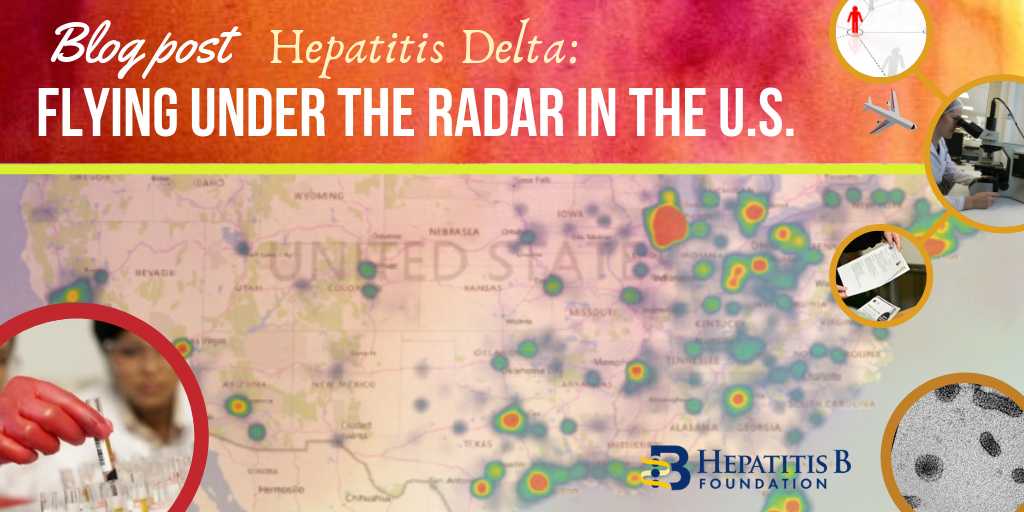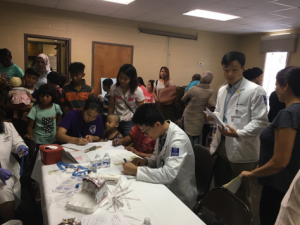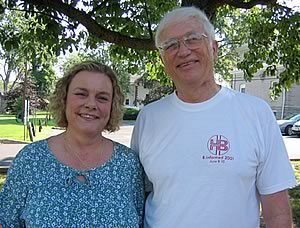
By Beatrice Zovich
The Hepatitis B Foundation is excited to launch a new movement called 300 Million Reasons, named for the almost 300 million people worldwide who are living with hepatitis B. The goal of this movement is to improve awareness about hepatitis B and liver cancer worldwide, to promote engagement of key stakeholders, and to empower people impacted by hepatitis B across the globe to become vocal advocates. We want to amplify the voices and stories of the millions of people directly affected by this disease, in order to make sure that hepatitis B is granted the funding, attention, and serious consideration that it deserves. The 300 Million Reasons movement will be officially launched in July of 2021, in time for World Hepatitis Day, but we wanted to begin sharing resources and information now.
This movement is divided into four branches: B Informed, B Connected, B the Voice, and B the Change. Each of these arms is described below.
B Informed
Hepatitis B can be prevented, treated, and managed. The B Informed branch of the 300 Million Reasons movement involves raising awareness about hepatitis B and liver cancer, providing accurate information, dispelling myths and misconceptions, decreasing stigma and discrimination, and providing simple hepatitis B educational tools, which will focus on transmission, prevention, liver cancer screening, and living with chronic hepatitis B. We have created a free and downloadable social media toolkit that can help spread the word about statistics, vaccines, testing, monitoring and care, symptoms, blood tests, acute vs. chronic hepatitis B and more. Check it out today!
B Connected
You are not alone! The B Connected arm of 300 Million Reasons works to increase access to clinical trials, expand global connections to support people living with hepatitis B and their loved ones around the world, establish international peer mentoring programs, and create a social network and further community engagement opportunities for people impacted by hepatitis B. This branch of the movement will be modeled after current coalition work that has been done with Hep B United and the Coalition Against Hepatitis in People of African Origin.
B the Voice
Your voice matters! The B the Voice component of the 300 Million Reasons movement is focused primarily on international storytelling and elevating the voices of those living with and affected by hepatitis B around the world. Stories of discrimination, stigma, screening, diagnosis, treatment, supporting community and family members, personal and larger-scale successes, setbacks and victories – all are important to share and learn about in order to raise awareness, inspire change, and eventually find a cure. Do you have a story to share? We would love to read it! Share your story today using this link.
B the Change
Stand up, speak out! B the Change aims to increase activism among those living with hepatitis B and their loved ones and to use this as a tool to advance the cause of increasing knowledge about and support for hepatitis B among legislators and policy-makers. It will include national and international community ambassadors, strong relationships with the World Hepatitis Alliance and other key partners, outreach to people living with hepatitis B who have not had prior involvement in this effort, and advocacy training and opportunities. With knowledge can come action – let’s build a strong communication network to spread the word and B the Change to create a world that is Hep B-free! Become a hep B advocate today by joining our Action Center.
The 300 Million Reasons movement will continue to grow and expand over the coming months and years, as more materials and resources are developed and disseminated. We hope you will continue to stay tuned on our website for updates and that you will join us in taking steps toward shining a light upon, and eventually eliminating, hepatitis B! Join the movement today!



 Hepatitis Summit in Abuja, FCT. The meeting was the flagship event in the country that brought together 26 states Ministry of health officials, academia, and civil society groups to engage on ways to accelerate hepatitis elimination in the country. The event was supported by Gilead Sciences and Roche Products Limited, with technical support from Clinton Health Access Initiative.
Hepatitis Summit in Abuja, FCT. The meeting was the flagship event in the country that brought together 26 states Ministry of health officials, academia, and civil society groups to engage on ways to accelerate hepatitis elimination in the country. The event was supported by Gilead Sciences and Roche Products Limited, with technical support from Clinton Health Access Initiative. of this is out-of-pocket spending, with only a small minority of Nigerians (approximately 4-5%) covered by health insurance. Costs of testing and treatment pose significant barriers to accessing viral hepatitis care, as tests, treatments, and vaccines must be paid for privately, and there is often limited availability of supplies.
of this is out-of-pocket spending, with only a small minority of Nigerians (approximately 4-5%) covered by health insurance. Costs of testing and treatment pose significant barriers to accessing viral hepatitis care, as tests, treatments, and vaccines must be paid for privately, and there is often limited availability of supplies. government. The program provides affordable HCV RNA @ $35 and generic DAAs/month @ $80/month. CHAI through its access program has succeeded in negotiating costs of HCV diagnostics in some health centres across Nigeria, such as Lagos, Abuja, and Kwara, where patients can access affordable HCV RNA tests.
government. The program provides affordable HCV RNA @ $35 and generic DAAs/month @ $80/month. CHAI through its access program has succeeded in negotiating costs of HCV diagnostics in some health centres across Nigeria, such as Lagos, Abuja, and Kwara, where patients can access affordable HCV RNA tests.




